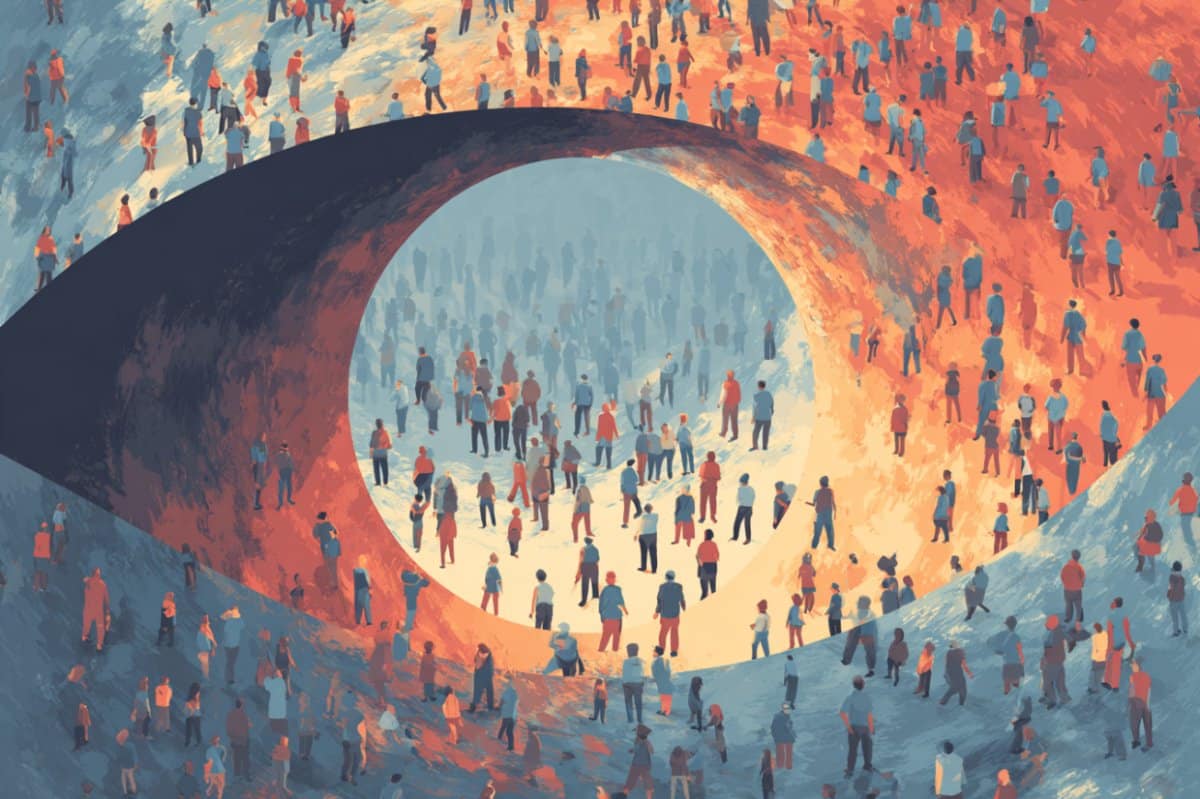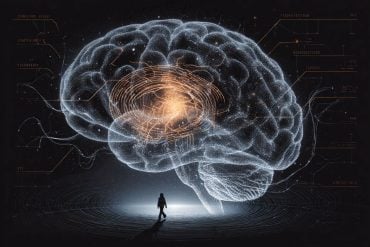Summary: A new study challenges the notion that society is as polarized as many believe, revealing that perceptions of division often stem from the consensus within one’s own social circles. Researchers developed a novel method to distinguish actual opinion divergence from how polarized people feel society is.
The findings show that when inner groups strongly agree, people tend to perceive greater polarization beyond their circle, even if overall societal opinions are less divided. Understanding these subjective “political lenses” may help reduce polarization by shifting perspectives and fostering more democratic consensus.
Key Facts:
- Subjective Lenses: Agreement within social circles can make broader society seem more divided than it is.
- Novel Method: Researchers separated actual polarization from perceived polarization in opinion data.
- Policy Relevance: Misperceptions of division can impede cooperation on critical societal issues like climate change.
Source: Complexity Science Hub
Are opinions on controversial political issues as divided as many people perceive them to be?
Researchers from the Complexity Science Hub (CSH), the Leibniz Centre for Tropical Marine Research (ZMT) in Bremen and the University of California Merced have addressed this question in a study recently published in PNAS Nexus.
There is a widespread perception that society is becoming increasingly divided into opposing factions, giving the impression that ideological divides are deepening, for example on important issues such as public health, immigration, or climate change.
Against this backdrop, past scientific studies have attempted to quantify the degree to which opinions actually diverge – often with contradictory results. In their new study, Peter Steiglechner (CSH, formerly ZMT), Agostino Merico (ZMT) and Paul E. Smaldino (University of California Merced) explored how robust and realistic the widespread perception of polarization is.
“When we think about contested political issues, we often have the impression that people within our inner social circles – family, friends, or political in-groups – hold relatively aligned and often even converging opinions.
“However, we sometimes also perceive that society overall is polarizing. This uncomfortable perception may actually not always be entirely true,” says first author Peter Steiglechner.
New Method for Disentangling Perceived From Actual Polarization
While past empirical works on societal polarization focused on objective measures of opinion divergence, in this new study, the authors introduce a way to disentangle actual and subjectively perceived polarization in empirical opinion data.
To explain the mathematics underpinning the method in an intuitive way, the authors introduce the metaphor of a political “lens” – a hypothetical device, or point of view, through which individuals evaluate a set of opinions. This subjective “lens” reflects the spread of opinions within a person’s inner circle.
“The broader the spread of these opinions on a given topic, the ’thicker’ the lens and the less divergent the broader society is perceived with respect to that topic,” explains Steiglechner.
“The narrower the spread in one’s inner circle, i.e., the ‘thinner’ the lens, the more polarized the broader society is perceived.”
Consensus Within One’s Circle Can Exaggerate Perceptions of Polarization
Subjective, political lenses change over time and this dynamic crucially influences how a person perceives polarization.
The results show that perceived polarization can even depend just as much on the dynamics of disagreement within identity groups (and thus on the lens) as on the actual divergence of opinion in the broader society.
“In other words, the more my inner circle agrees on matters such as climate change, the more I might feel a sense of polarization at a broader societal scale on this topic, and vice versa.”, says Agostino Merico, co-author of the study.
As this dynamic varies between political groups, the polarization these groups perceive can also deviate greatly.
“Ultimately, people don’t even have to agree so much on how divided they are or on which issues they do or do not diverge,” concludes Peter Steiglechner.
Ideological Polarization – More Than a Perceived Experience
The study offers a new perspective on assessing and measuring the extent of polarization, say the authors.
“In times when increased polarization goes hand in hand with disruptive social or political trends such as the decline in social cohesion or the rise of authoritarianism, it is important to understand the social and psychological mechanisms underlying these phenomena”, emphasizes Paul Smaldino, the other co-author of the study.
Peter Steiglechner concludes: “Societal polarization – or the perception of it – influences policymaking on challenges such as climate change, food crises or environmental protection and potentially impairs the search for consensus and the implementation of solutions in a democratic way. Our study shows that a change in perception is critical for reducing polarization.”
Funding: It was funded by the German Research Foundation as part of the priority programme “Sea Level and Society”.
About this social neuroscience research news
Author: Eliza Muto
Source: Complexity Science Hub
Contact: Eliza Muto – Complexity Science Hub
Image: The image is credited to Neuroscience News
Original Research: Open access.
“How opinion variation among in-groups can skew perceptions of ideological polarization” by Agostino Merico et al. PNAS Nexus
Abstract
How opinion variation among in-groups can skew perceptions of ideological polarization
There is a widespread perception that society has been polarizing into groups with increasingly divergent opinions. Multiple studies have sought to quantify the degree of opinion divergence (or ideological polarization), typically relying on differences between self-reported opinions, and have reached mixed conclusions.
We propose this inconsistency can be explained by the way individuals’ subjective perceptions are shaped by their social identities. We introduce a formal framework to analyze opinion data that accounts for such asymmetric, dynamic perceptions.
When members of an in-group become increasingly homogeneous on a given topic (i.e. when the variance of opinions in that group decreases), they perceive deviant opinions as increasingly distant from their own.
Consequently, these individuals may perceive greater polarization than an objective, neutral observer would.
Applying the framework to data on the opinions of Germans about climate change, we show that perceived polarization may depend as much on the dynamics of in-group variance as it does on actual opinion divergence in society.
Moreover, we show that the direction of this effect may vary over time and across different partisan groups.
Our framework offers an explanation why people might sometimes perceive higher levels of ideological polarization than surveys indicate, independent of social segregation, polarization-enforcing cognitive biases, or affect-driven attitudes towards out-groups.







